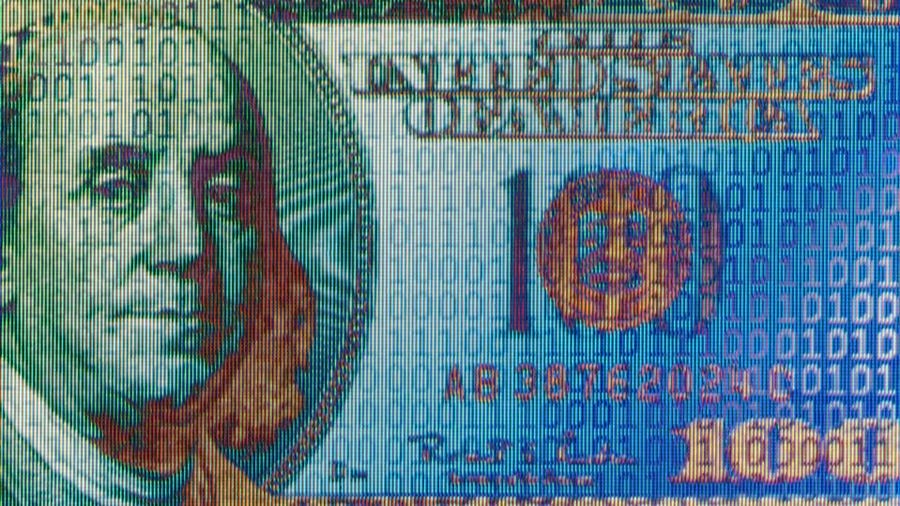 Most financial analysis believe that the dollar’s role as the world’s reserve currency will remain intact for the foreseeable future, its value will rise and fall with changes in the economic fundamentals. However, for the past twenty to thirty years, the Federal Reserve and other major Central Banks have been steadily lowering interest rates and purchasing large amounts of government bonds as well as other assets such as corporate bonds and asset-backed securities. This has undermined the confidence in the US dollar and the Euro as the world’s leading reserve currencies.
Most financial analysis believe that the dollar’s role as the world’s reserve currency will remain intact for the foreseeable future, its value will rise and fall with changes in the economic fundamentals. However, for the past twenty to thirty years, the Federal Reserve and other major Central Banks have been steadily lowering interest rates and purchasing large amounts of government bonds as well as other assets such as corporate bonds and asset-backed securities. This has undermined the confidence in the US dollar and the Euro as the world’s leading reserve currencies.
The Challenge to the US Dollar; Digital Currencies
Recently, decentralized private digital currencies have emerged in contrast to the public monopolies on creating money. Anyone can create or mine the pioneer Bitcoin, but the supply is credibly limited. The exchange rates to fiat (paper) currencies float. Unlike the fiat moneys, which are based on the traditional banking system, payments are cryptographically legitimized and do not require a central intermediary.
The New Stablecoins
Adding to this situation is a consortium of private companies around the internet. They intend to join in the competition for the money monopoly with Stabecoins. Digital cryptocurrencies pegged to the US dollar (or the euro) are referred to as a “stablecoin.” The credibility of this peg is essential for the credibility of stablecoins, akin to bank deposits and money market fund shares.
The CBDC Problem
Then most importantly, there’s the issuance of the Central Banks Digital Currencies (CBDC). A CBDC uses an electronic record or digital token to represent the virtual form of a fiat currency of a particular region or nation. A bank issued CBDC is not decentralized, it is considered centralized. It is issued and regulated by the competent monetary authority of the country.
The outcome of this race is uncertain. What is certain is that the credibility of the leading fiat currencies has suffered substantially. Their instability has fueled crises and weakened growth, so the demand for an alternative store of value is high. Who will hold up best against the public currency monopolies of the dollar and euro will likely depend on the quality of the underlying technology and the influence of the institution behind it.



